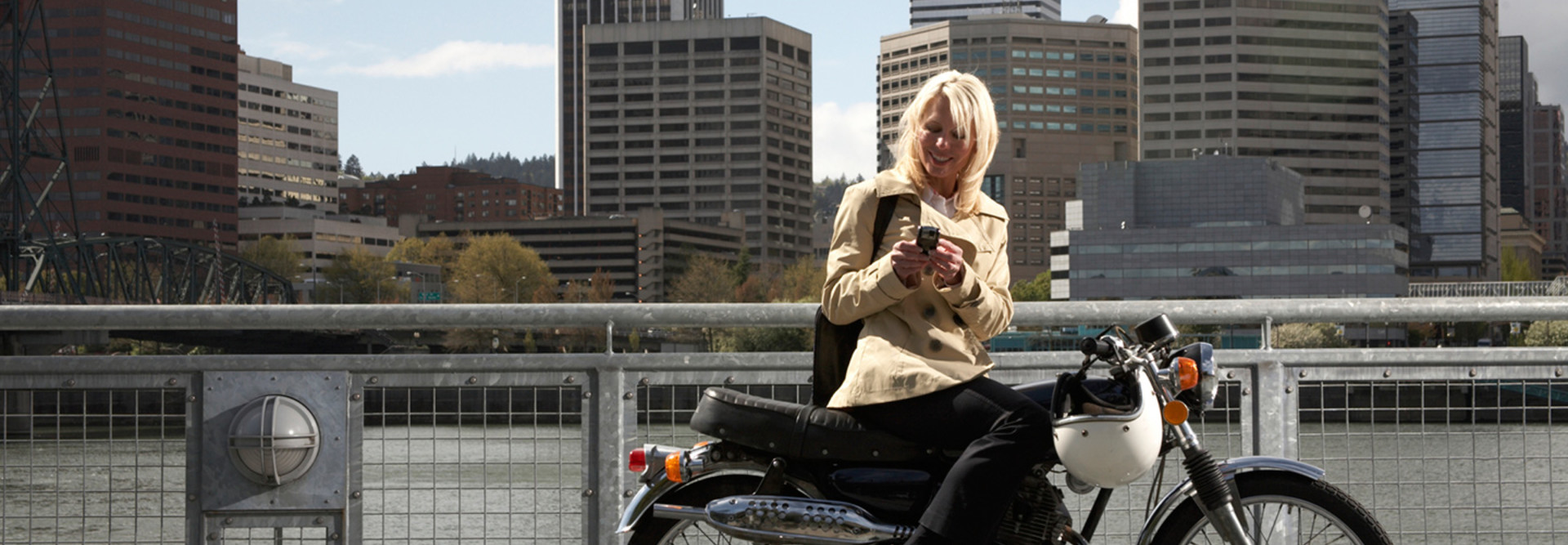The Value of Visible Tech for Cities and Counties
Local governments throw dollar after dollar at IT, and for good reason: Technology has transformed internal processes and procedures, making cities run more cheaply and efficiently.
But John Spencer of Governing says too much of that spending is hidden from residents:
What's needed is a stronger emphasis on visible technology — the kind that residents can see, touch and feel. We often refer to these as a "touch points," where a citizen can engage with a system in a very real and tangible way.
Citizens can't see a city's HR system. But they can see a city's parking app on their smartphones that shows where municipal parking lots are located, directions to get there and what parking will cost. They can't see a payroll system, but they can see solar panels on the roofs of city buildings that are helping to offset power costs.
As examples of outward-facing tech initiatives, Spencer points to the installation of energy-saving LED light fixtures in New York and solar-powered trash cans in Philadelphia. But those are hardly the only localities embracing civic technologies.
StateTech previously covered how Eagle County, Colo., began accepting 911 texts, in addition to traditional phone calls, to keep up with younger generations:
When someone texts 911, TCS routes the message to the correct Public Safety Answering Point (PSAP), or 911 center. A chime and a visual alert then opens a chat session on the PSAP worker’s web browser. Staff can reply by typing on the keyboard or selecting a pre-written message from a drop-down menu.
In Boston, city officials have entered into a data-sharing partnership with Waze, a community-based traffic and navigation app, to better control traffic flow. Using input from 400,000 Waze users traveling on the city’s congested roads, engineers will be able to manage traffic signals better and provide more timely road-closure and traffic updates to commuters.
According to Spencer, these sorts of improvements can benefit a city’s residents and image:
This visible technology that we are beginning to see in our communities creates a perception of value on the part of citizens — for once, they can see first-hand how the tax dollars they have entrusted to their cities are being spent. This smart technology is already having a profound and positive impact on the lives of our citizens.
For that reason alone, cities should consider bringing more civic technologies into the public eye.









